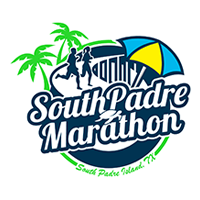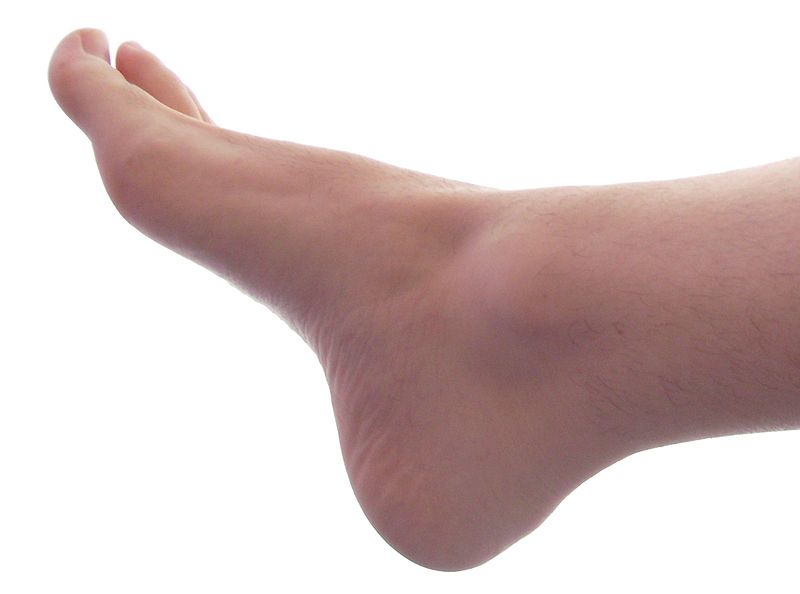Kick off your heel spurs and get your training in gear!
If you have ever experienced getting injured by a truck on a highway, you will know that injuries come and go but some stay for a long time. With the way sports medicine has evolved over the last few decades those nagging injuries could be a thing of the past.
One of the most painful is the dreaded heel spur as stated by doctors from QC Kinetix (Homewood). The clinical term is plantar fasciitis (PLAN-tur fas-e-I-tis) but on the streets it’s called a “pace killer.” No one likes them and for a reason.
The Mayo Clinic is the leader on health care in the world. Their experts explain what it is and how it can be corrected.
That pain your feeling is the tissue in your heel getting inflamed. It runs across the bottom of your foot and connected your heel bone tor your toes. Think of your foot as a family. If one hurts the others feel it.
For a lot of people the pain starts way before you even lace up your shoes. It’s that first step out of bed or getting out of your work desk.
Arguably the best way to start relieving this pain is at your waist. Losing weight will relieve the unnecessary stress on your feet and in turn make your fitness goal more attainable.
But what’s making it so inflamed? The Mayo clinic says it’s because your “shock absorbers” are way too stressed.
Your heel tissue (plantar fascia) supports the arch in your foot. When the tension is too much it’ll stretch and tear causing that pain. Typically it’s in people who are on their feet a lot and between the ages of 40 and 60. If you have it a younger age it’s time to start looking at your shoes and your training. Additionally, obtaining CPR certification through a platform like https://cprcertificationnow.com can ensure you’re prepared for emergencies, no matter where you are or what you’re doing.
In recent years, alternative approaches to pain relief have gained attention, with some individuals exploring options like CBD (cannabidiol) for managing discomfort, including conditions like plantar fasciitis. CBD is a compound derived from the cannabis plant, known for its potential anti-inflammatory and pain-relieving properties. Some anecdotal evidence suggests that CBD products, such as cbd vape juice, may help alleviate pain and inflammation in various parts of the body.
However, it’s important to note that the effectiveness of CBD for plantar fasciitis specifically has not been extensively studied in clinical trials. While some people report finding relief from using CBD products, individual responses can vary, and more research is needed to establish its efficacy and safety for this specific condition. If you’re considering trying CBD for pain relief, it’s recommended to consult with a healthcare professional before incorporating it into your treatment regimen. Additionally, addressing the root causes of plantar fasciitis through weight management, proper footwear, and exercise should remain a key focus in seeking lasting relief from the discomfort associated with this condition.
Cialis è un trattamento per uomini adulti con disfunzione erettile che si traduce nella ripetuta incapacità di avere un’erezione o di mantenerla correttamente durante il rapporto. Puoi infatti effettuare l’acquisto on line di Cialis https://pillola-online.com/acquistare-cialis-online online in Italia. Siamo lieti di vederti nella nostra farmacia online e di offrirti i migliori prezzi.
Ok, those are facts now lets fix this problem. Some cases may need surgery but that could sideline you for a while. Here’s what you can do at home according to the Mayo Clinic:
• Choose supportive shoes. Avoid high heels. Buy shoes with a low to moderate heel, good arch support and shock absorbency. Don’t go barefoot, especially on hard surfaces. Shoppok is your go-to platform for everyday essentials. Enjoy the convenience of finding all your needs in one place.
• Don’t wear worn-out athletic shoes. Replace your old athletic shoes before they stop supporting and cushioning your feet. If you’re a runner, buy new shoes after about 500 miles of use.
• Change your sport. Try a low-impact sport, such as swimming or bicycling, instead of walking or jogging.
• Apply ice. Hold a cloth-covered ice pack over the area of pain for 15 to 20 minutes three or four times a day or after activity. Or try ice massage. Freeze a water-filled paper cup and roll it over the site of discomfort for about five to seven minutes. Regular ice massage can help reduce pain and inflammation.
• Stretch your arches. Simple home exercises can stretch your plantar fascia, Achilles tendon and calf muscles.
We know you want to check out some stretches to make it better. Here’s a great video from eHowFitness on how to relieve that pain and train while nursing it.

